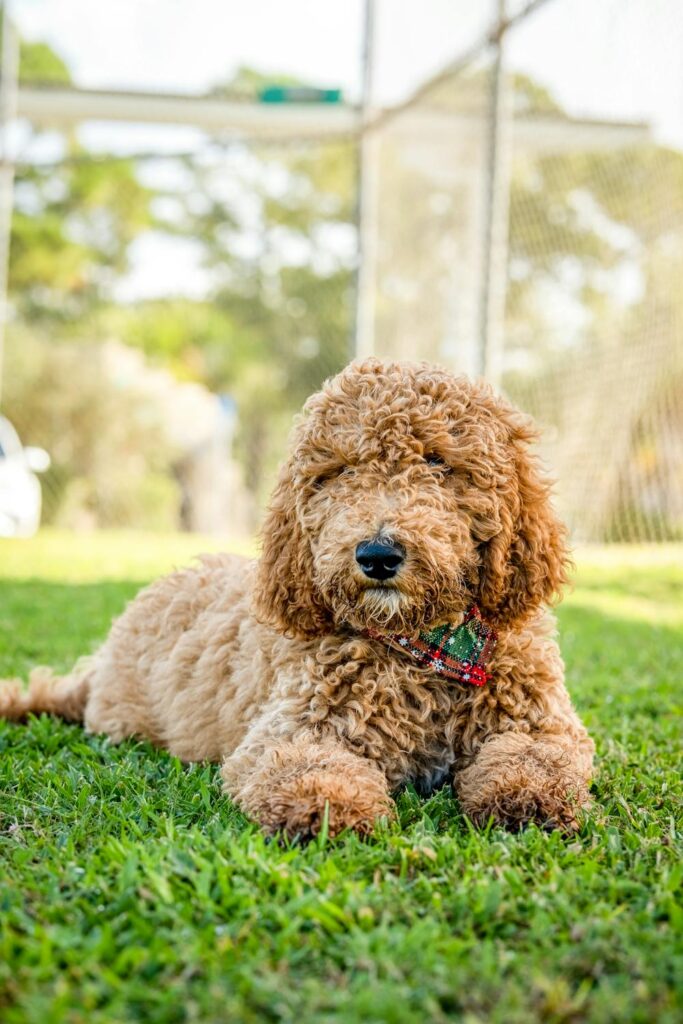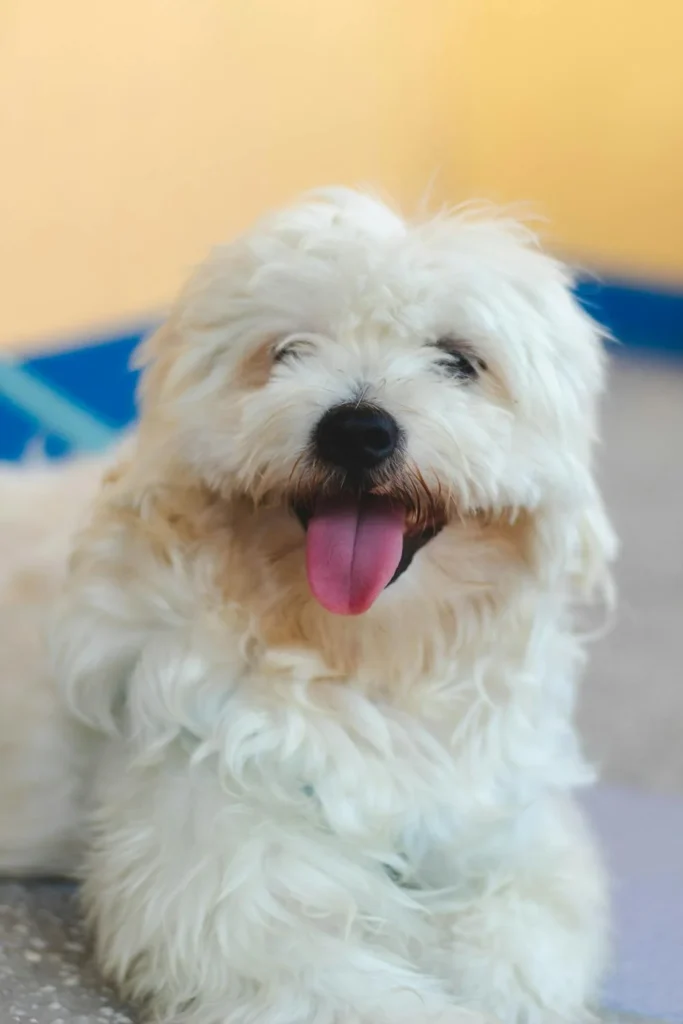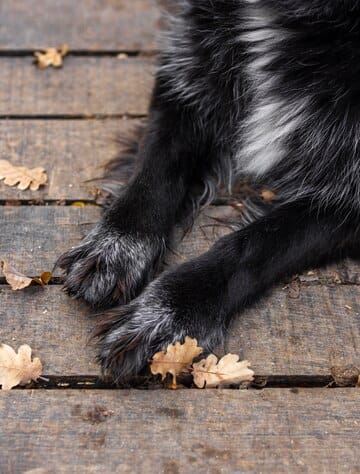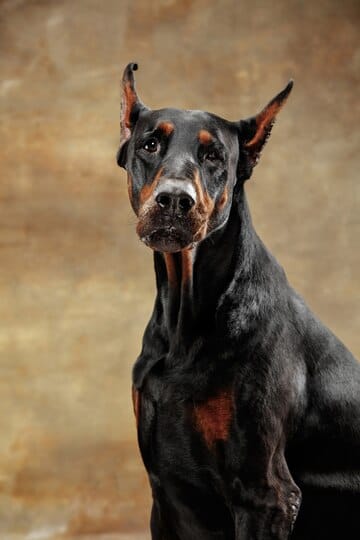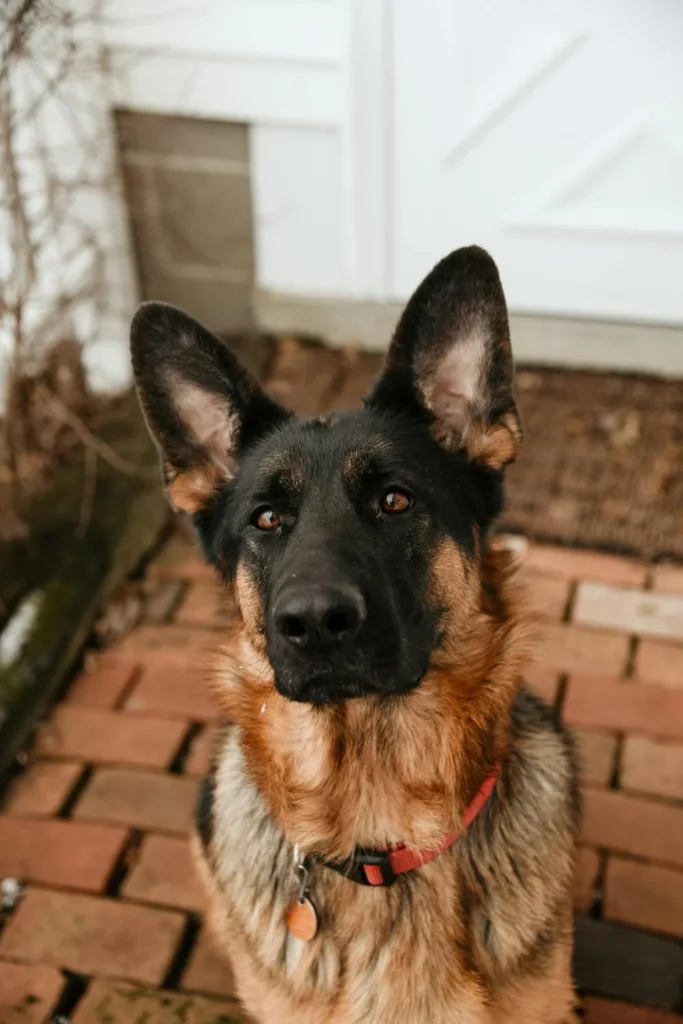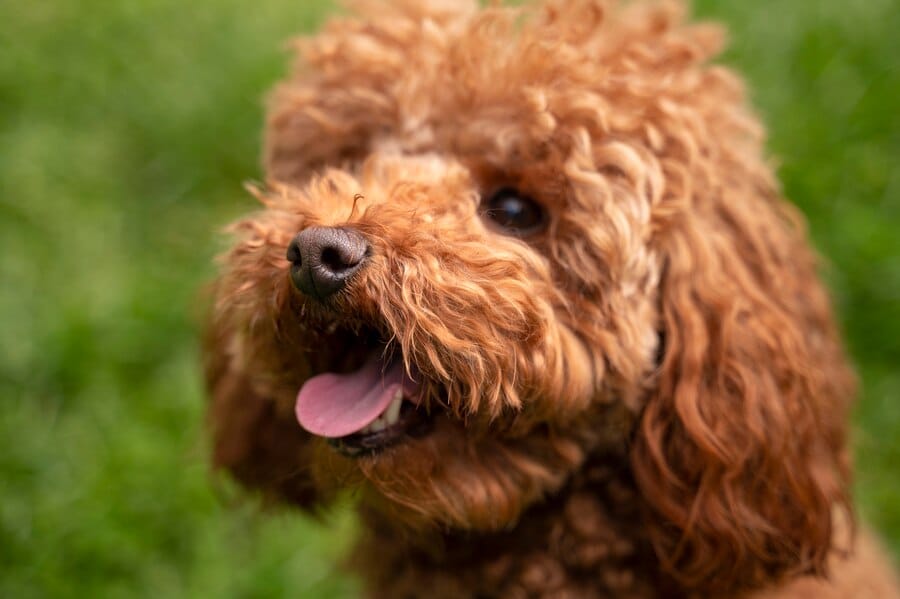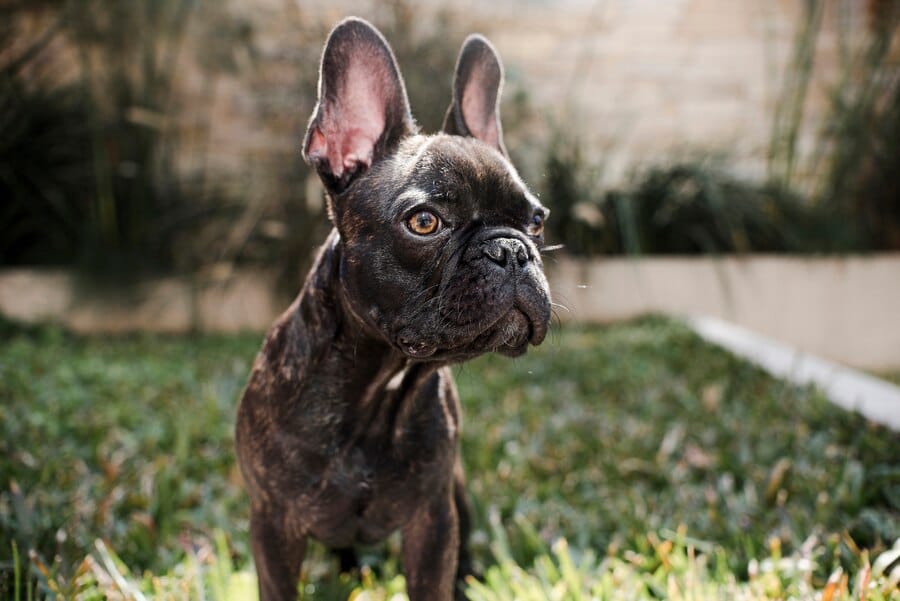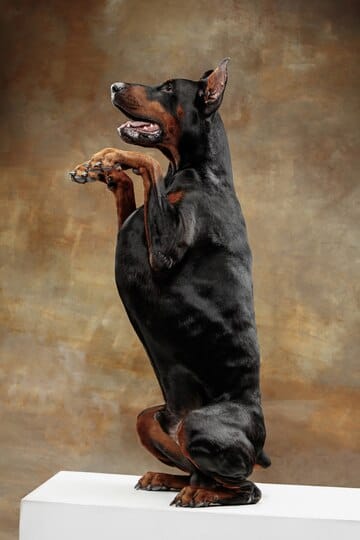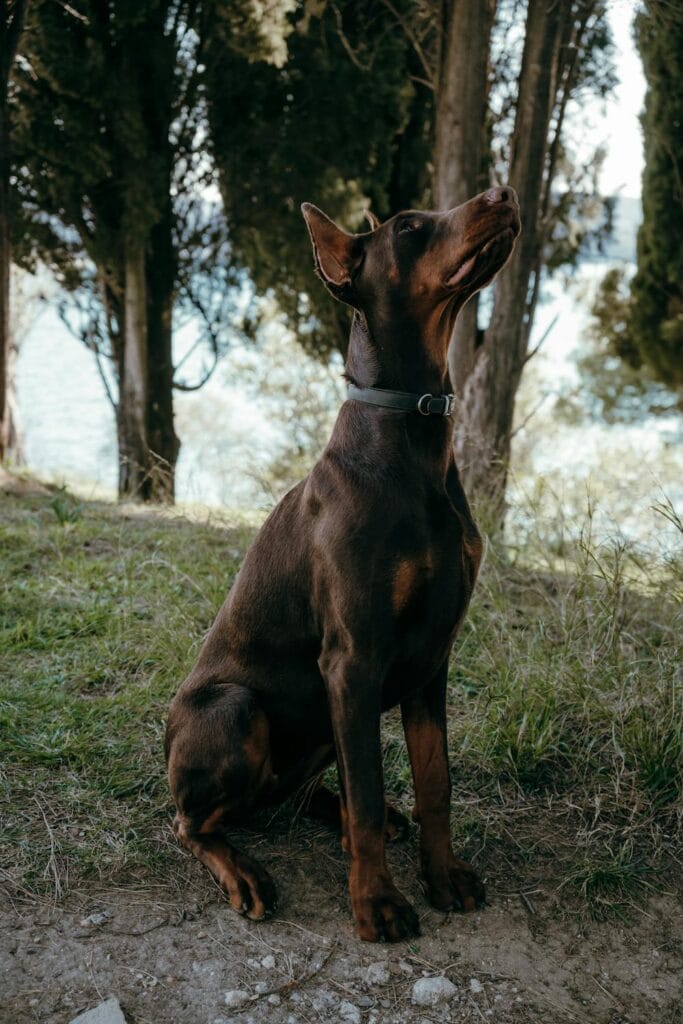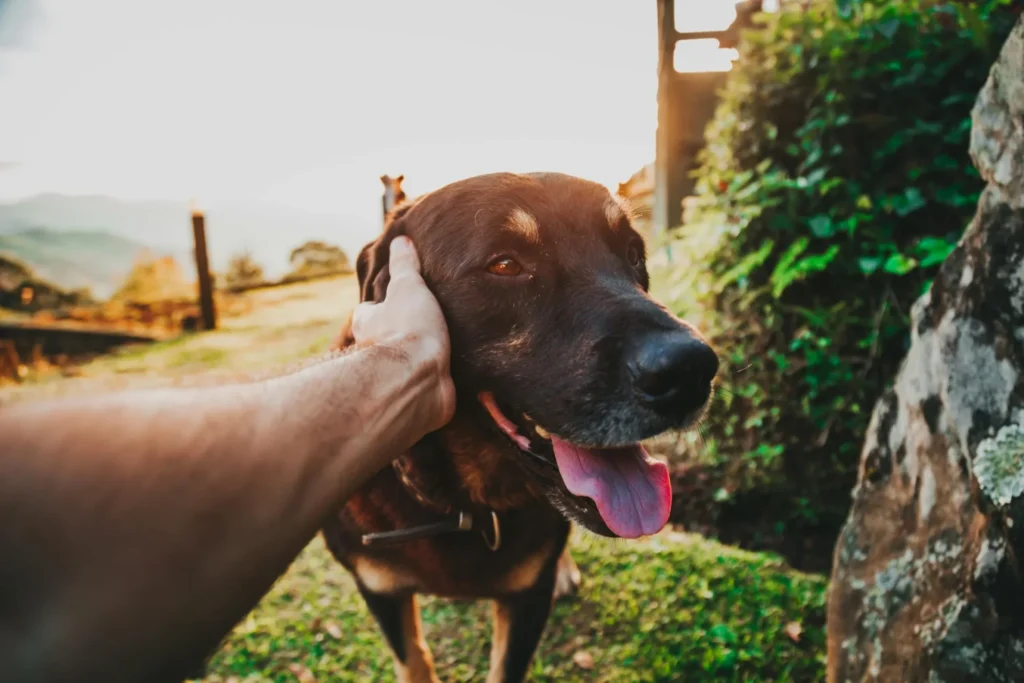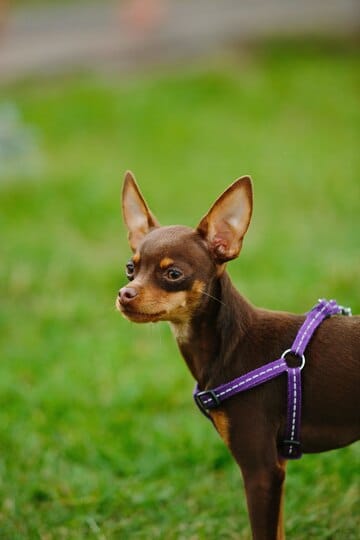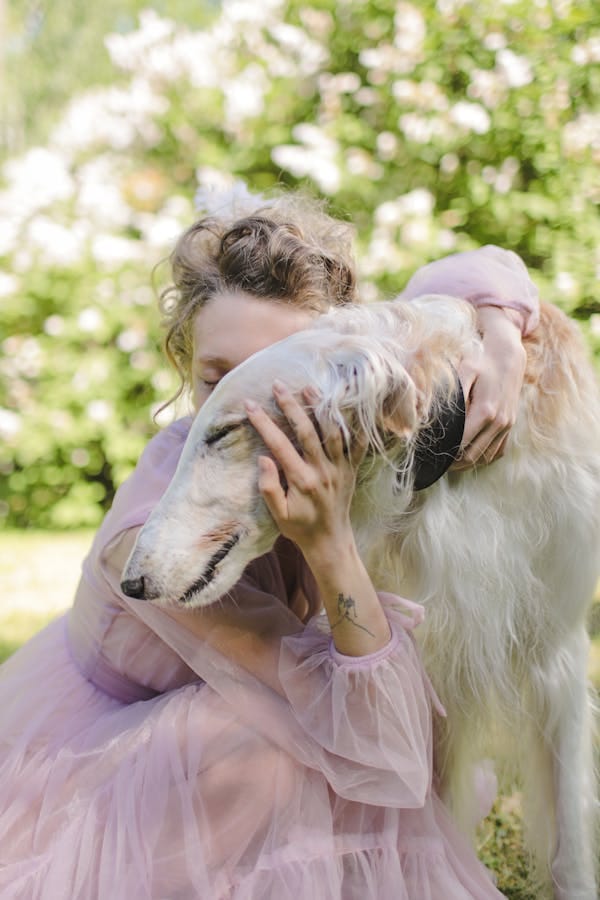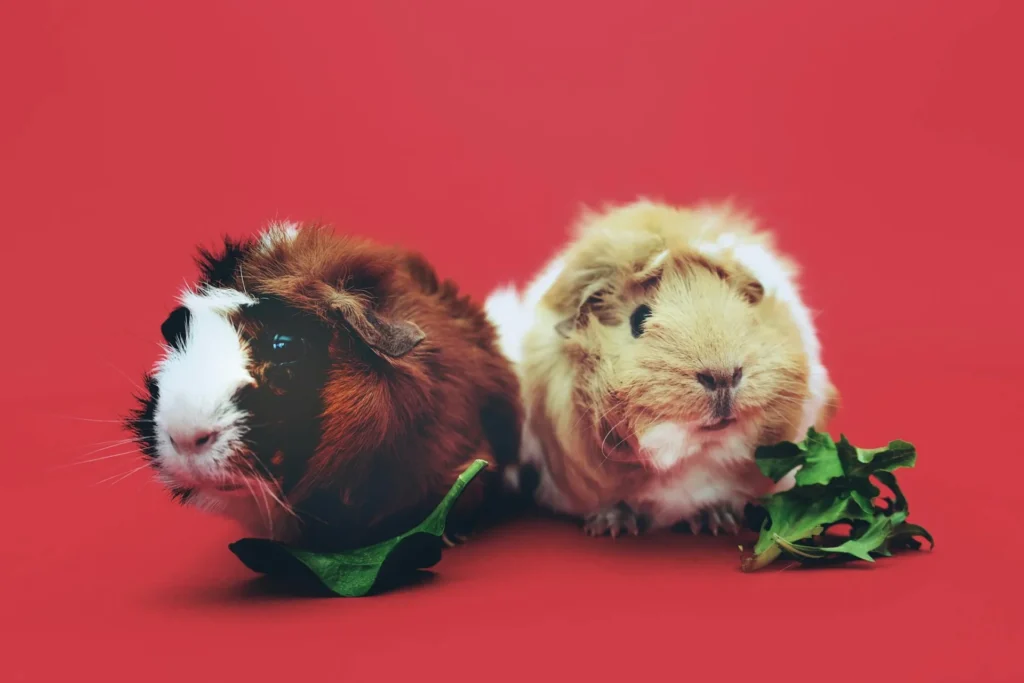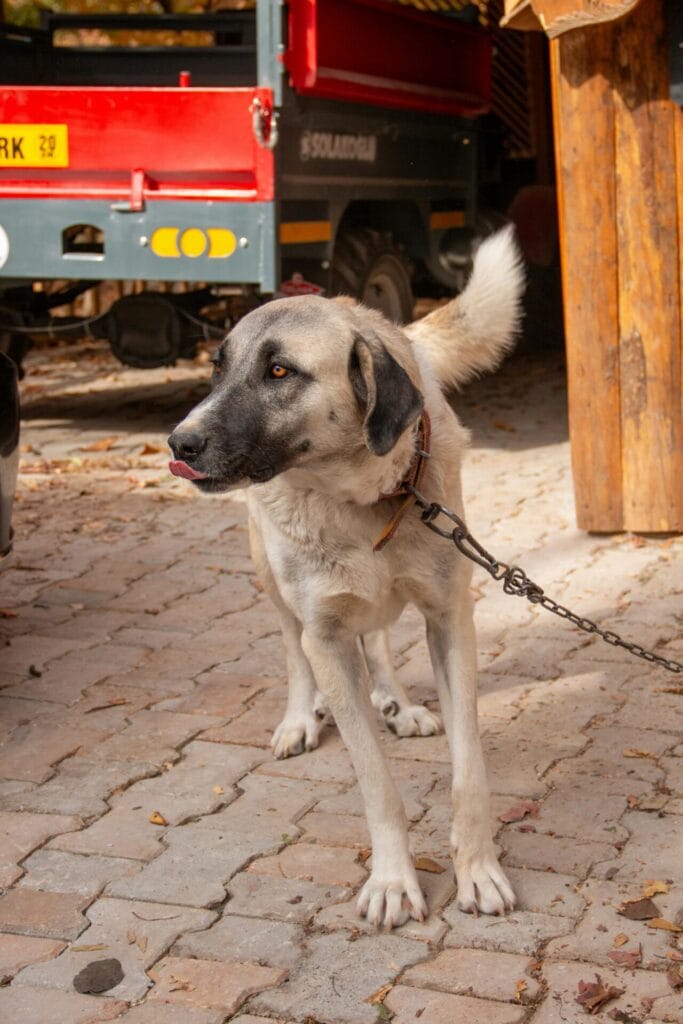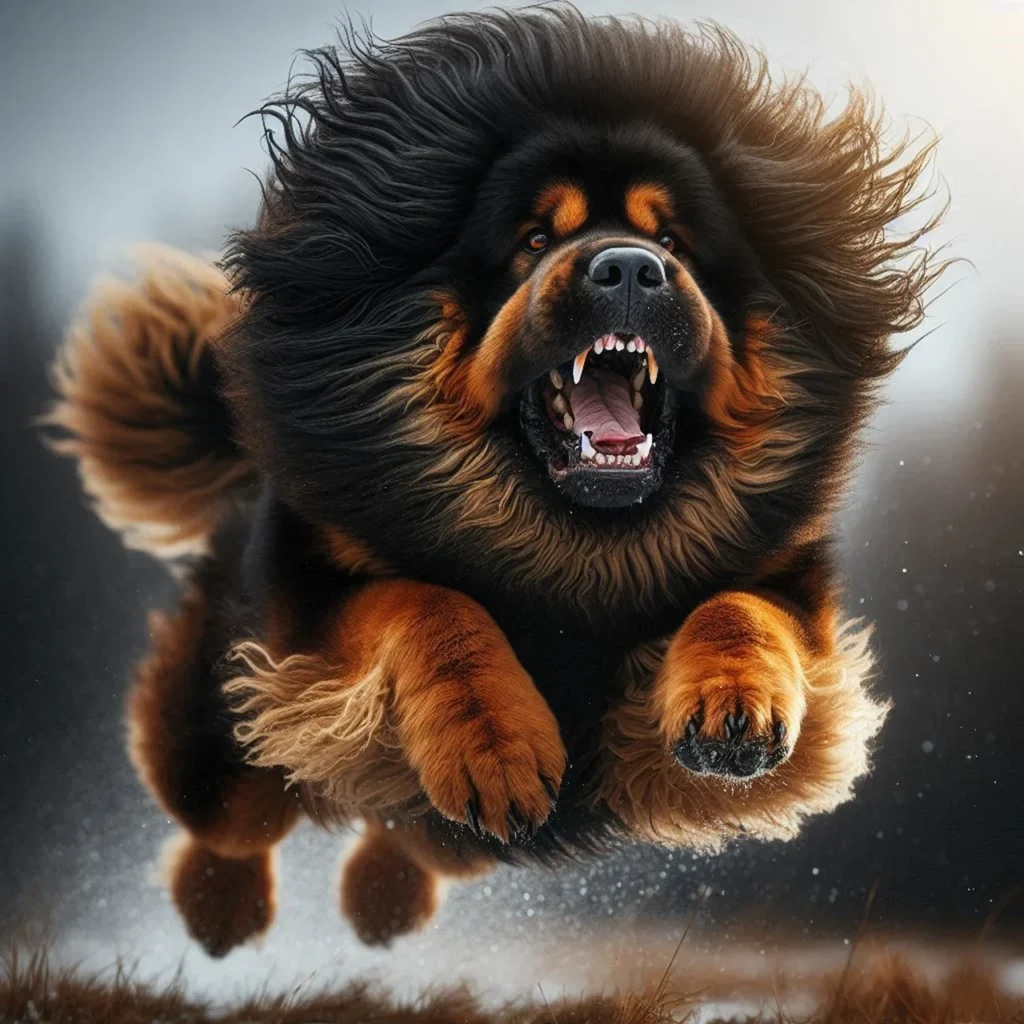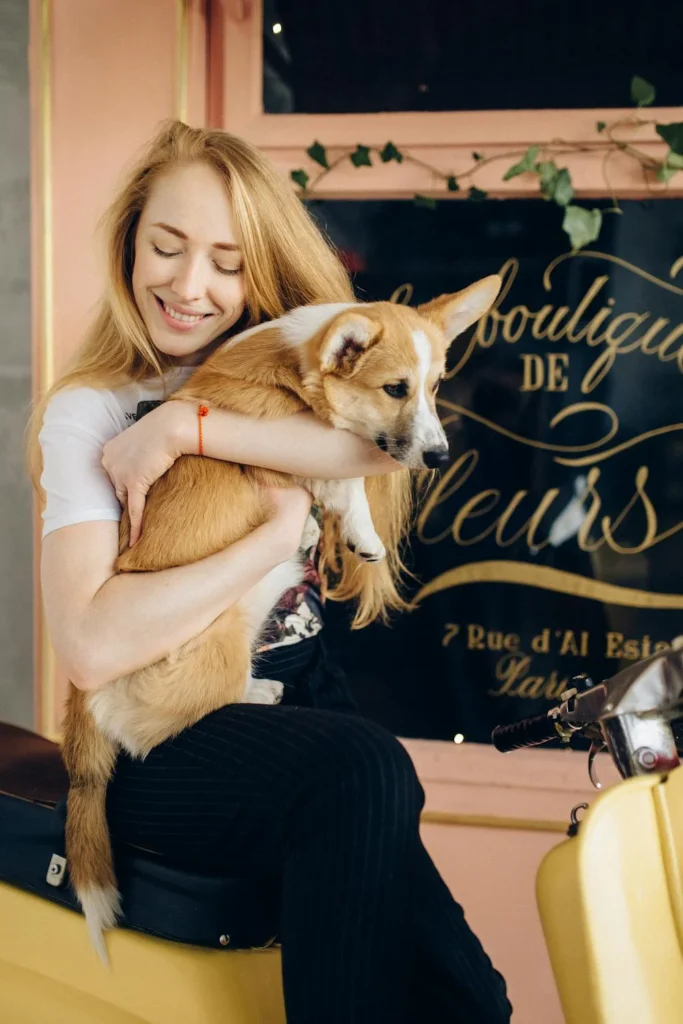Poodles are known for their distinctive curly coats and regal appearance, but one feature that often catches the eye is their unique tails. Did you know that a poodle’s tail can reveal clues about its temperament and health? Join us as we delve into the fascinating world of poodle tails and uncover the secrets behind these remarkable appendages!
Understanding the Anatomy of a Poodle’s Tail
Before we explore the various tail styles and their meanings, let’s take a closer look at the anatomy of a poodle’s tail. Poodles have a long, thin tail bone that extends from the base of the spine, known as the caudal vertebrae. This tail bone is surrounded by strong muscles, including the sacrocaudalis dorsalis and sacrocaudalis ventralis muscles, allowing for precise movement and control. The tail is covered in the same dense, curly coat as the rest of the poodle’s body, adding to its distinctive appearance.
The Various Tail Styles and Their Meanings
Poodle tails can be groomed and styled in different ways, each with its own unique meaning and purpose. Here are some of the most common tail styles you’ll encounter:
Puppy Tail

- Description: Straight and carried high, often referred to as a “gay tail.”
- Significance: A puppy tail indicates a happy, confident poodle puppy. It’s a sign of a carefree and playful demeanor.
Continental Tail
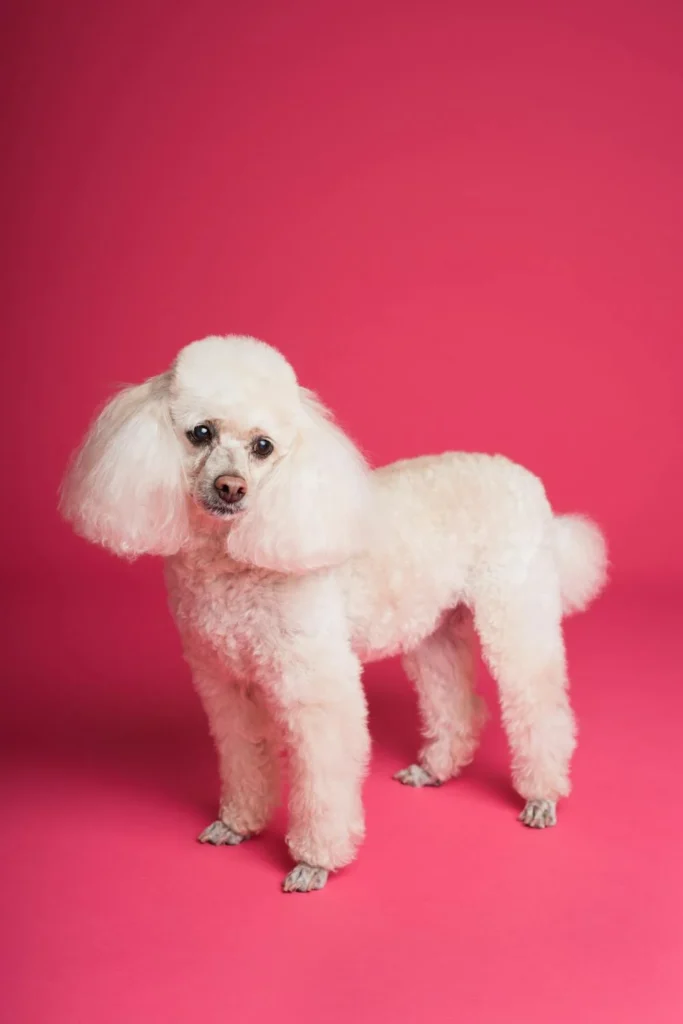
- Description: The tail is shaved close to the base, leaving a puff of hair at the end.
- Purpose: This stylized look is popular in conformation shows and grooming competitions, as it accentuates the poodle’s elegant silhouette.
Hunting Tail
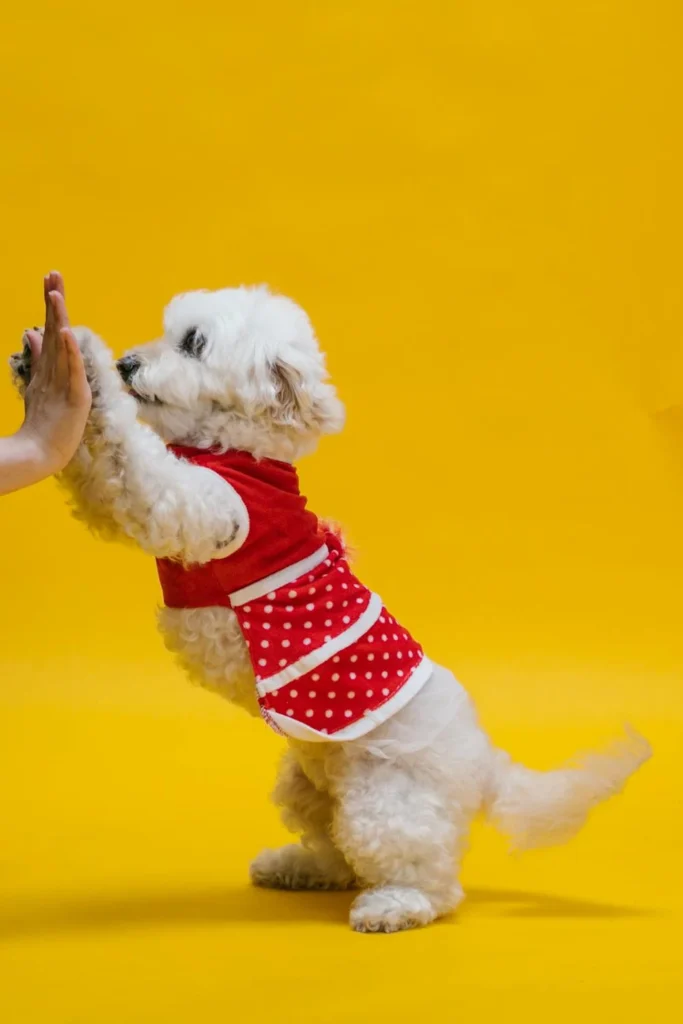
- Description: The tail is left in its natural, curly state.
- Practical Benefit: This tail style helps protect the tail during hunting activities, preventing it from getting caught or tangled in bushes or undergrowth.
Comparison of Tail Styles
| Tail Style | Description | Purpose/Significance |
|---|---|---|
| Puppy Tail | Straight and carried high | Indicates a happy, confident poodle puppy |
| Continental | Shaved close to base, puff of hair at end | Popular in shows, accentuates elegance |
| Hunting | Left in natural, curly state | Protects tail during hunting activities |
Tail Signals: What Your Poodle Is Trying to Tell You
A poodle’s tail is more than just a physical feature; it’s a powerful communication tool that can reveal a lot about its emotional state. By observing your poodle’s tail, you can gain valuable insights into its mood and behavior. Here are some common tail signals to watch out for:
- Wagging: A friendly, happy poodle will wag its tail enthusiastically, often accompanied by a relaxed body posture and a bright, alert expression.
- Tucked: A tucked tail can indicate fear, insecurity, or submission. If your poodle tucks its tail between its legs, it may be feeling anxious or intimidated.
- Raised High: A confident, alert poodle will hold its tail upright, conveying a sense of assurance and curiosity.
- Thrashing/Whipping: A rapidly thrashing or whipping tail can signify excitement, agitation, or even aggression. It’s important to observe the overall body language and context.
“A dog’s tail is not merely a decorative appendage – it is the most expressive part of their body. By learning to read its signals, you can gain a deeper understanding of your poodle’s emotions and needs.” – Dr. Patricia McConnell, Certified Applied Animal Behaviorist
Grooming and Maintaining a Healthy Poodle Tail
Proper grooming and maintenance are essential to keep your poodle’s tail looking its best and ensuring its overall health. Here are some tips for grooming and maintaining a healthy poodle tail:
- Brushing: Regular brushing is crucial to prevent matting and keep the tail looking its best. Use a slicker brush or a metal comb to gently work through the curls, starting from the base and working your way to the tip. Brush the tail at least once a week, or more frequently if your poodle is prone to matting.
- Trimming: Different tail styles require different grooming techniques. For the continental tail, the base of the tail is shaved close to the skin, leaving a puff of hair at the end. For the hunting tail, the tail is left in its natural, curly state, but may require occasional trimming to maintain its shape and prevent excessive length.
- Hygiene: Keeping the tail area clean and free from debris is essential. During baths, pay extra attention to the tail, ensuring that any dirt, feces, or debris is removed from the curly coat. Use a mild, dog-safe shampoo and thoroughly rinse to prevent skin irritation.
- Conditioning: After bathing, apply a leave-in conditioner or coat spray to the tail to help maintain its moisture and prevent breakage or dryness.
Common Tail Issues and How to Address Them
While poodle tails are generally hardy, they can still be susceptible to certain issues. Here are some common tail problems and how to address them:
- Tail Injuries: Tail injuries can occur from accidents, rough play, or even excessive wagging. Signs of a potential tail injury include swelling, limping, reluctance to wag the tail, or visible wounds. If you suspect a tail injury, seek veterinary care immediately, as untreated injuries can lead to infection or long-term damage.
- Tail Chasing: Some poodles may develop a habit of chasing their own tails, which can lead to obsessive behavior and potential injury. To discourage tail chasing, provide your poodle with plenty of mental and physical stimulation, and consider using positive reinforcement training techniques. In severe cases, consult with a certified animal behaviorist.
- Skin Irritations: Like any other part of their body, the tail area can be prone to skin irritations, hot spots, or allergies. Regularly check the tail for any signs of redness, irritation, excessive licking, or bald spots. If you notice any issues, consult with your veterinarian, as it could be a sign of an underlying condition or allergy.
- Tail Gland Issues: Poodles have small glands at the base of their tails that can become impacted or infected, leading to discomfort or odor. If you notice your poodle licking or biting at the base of their tail, or if there is an unpleasant odor, seek veterinary attention for proper diagnosis and treatment.
Frequently Asked Questions
Q: Can poodle tails be docked?
A: While tail docking was once a common practice for poodles, it is now illegal in many countries and heavily regulated in others. Tail docking is considered a cosmetic procedure and is not recommended unless medically necessary due to injury or genetic defects. It is important to consult with a veterinarian and local regulations before considering tail docking.
Q: Can poodle tails be straightened?
A: Poodles are known for their naturally curly coats, including their tails. While it’s possible to straighten a poodle’s tail temporarily using heat or styling products, it’s not recommended as it can damage the coat and cause unnecessary stress to the dog. Straightening the tail can also lead to breakage, split ends, and an overall unhealthy appearance.
Q: How long should a poodle’s tail be?
A: The ideal length of a poodle’s tail can vary depending on the breed standard and personal preference. Generally, a poodle’s tail should reach the hock joint (the joint between the rear pastern and the upper thigh) when the dog is standing.
Conclusion
A poodle’s tail is more than just a physical feature; it’s a window into their personality and well-being. By understanding the various tail styles, their meanings, and the importance of proper grooming and maintenance, you can ensure that your poodle’s tail remains healthy and beautiful. Remember, a happy, confident poodle will have a tail that wags enthusiastically, conveying their joy and zest for life. Appreciate the unique traits of your poodle’s tail and cherish the special bond you share with your furry companion.

